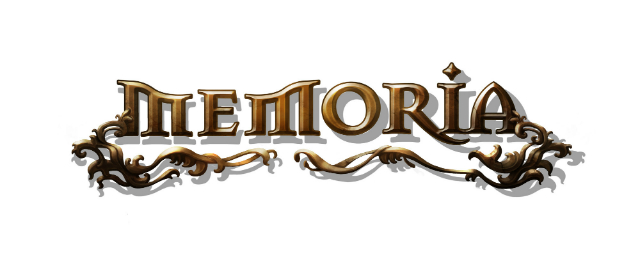The Dark Eye has long been a popular pen and paper-based RPG series in Europe, but in most of the major gaming markets such as the UK and US, the series hasn’t really had very much exposure. That was until Daedalic Entertainment decided to transpose the tabletop RPG action into the more direct narrative of the point-and-click adventure video game with 2011’s The Dark Eye: Chains of Satinav.
The game received almost universal critical praise, and since that time Daedalic have been quite prolific and have established themselves as perhaps the biggest new developer in the genre. Their recent success has been down largely to their comic adventures such as the Deponia and Edna & Harvey series’, but their Dark Eye games were always meant to be a trilogy.
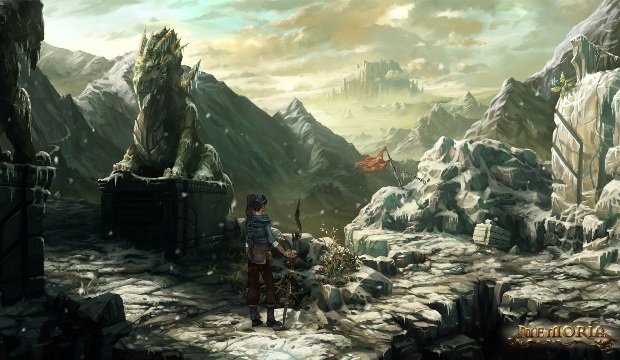
Memoria starts more or less where Chains of Satinav left off – but that doesn’t mean that those of you who didn’t play the first title will be altogether lost. You take on the mantle of Geron the bird-catcher, a poor villager who has learned magic by piecemeal and, with the help of a Fairy named Nuri, managed to save his homeland of Aventuria in the first game. In the process however, Nuri was transformed into a Raven and her Fairy body was lost forever. Now truly in love, Geron and Nuri must find a way to return Nuri back to her previous state, before she loses all of her memories and becomes the bird itself.
The game focuses on your quest to solve an ancient riddle – one set by a mysterious trader who claims to possess a spell that could restore Nuri. As Geron hears of the origins of the riddle, that began over four hundred years ago, you are also transported back in time to control a second playable character – the Princess Sadje. Geron follows Sadje as she discovers the secret riddle whilst searching for an all-powerful relic – so when that relic also appears in his own time, the two stories become intertwined, despite the huge time gap.
You cannot switch between the two characters at will; rather, you complete portions of the story with one character, before changing to the other to tackle the next section. In that respect they have no bearing on one another, but certain things you learn in one story will inform the other side of the tale and vice versa. The story is cleverly written, and you will constantly discover elements that link the two, whether they are pertinent to the plot or just interesting titbits. The story also keeps you hooked, with many mysteries and magical secrets to investigate, meaning there is rarely a truly quiet moment in the game – without the action ever getting over the top or frenetic.
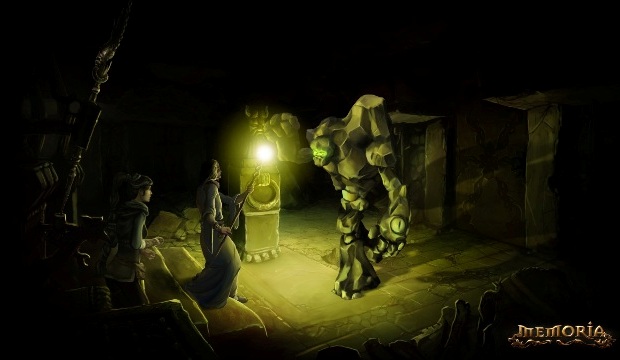
The writing is also of a very high quality – and although the game is at its heart a fantasy adventure, there are some very funny, emotional and even romantic moments. The writers have managed to make the protagonists truly interesting and multi-faceted, rather than just one-dimensional, faceless heroes. This is aided further by the high-quality voice acting, which helps to make the characters and their motivation more believable.
It is also interesting to note that Geron and Sadje are very different characters. Sadje is out to save the world by any means necessary – she can be quite cold and efficient – whereas Geron is a somewhat reluctant hero and a much more timid personality. This gives you two very different perspectives to play from, and means that the two stories feel very individual, making things all the more intriguing. Neither of them are your stereotypical RPG characters, either, and some real care has been taken to create adventurers who you can connect with.
In an interesting twist on the point and click genre, Daedalic have implemented a magic spell system, inspired by the RPG roots of the series. Each character either possesses or learns several spells throughout the game and rather than simply being used for combat, these become a new constant option for interaction. They are deployed from a point and click menu, just like your inventory. For instance, one of Geron’s spells can either break or repair items. This means that you can now try to repair or destroy anything that you find in the game. Of course, it will not work with most items, but it adds an extra dimension of possibility to the puzzle design and is a nice innovation for the genre.
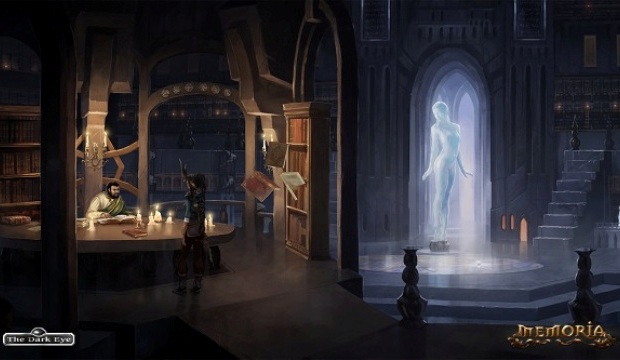
You of course couldn’t talk about Memoria without discussing the visual presentation. The characters are stylised, lying halfway between realism and cartoon, and are very detailed. But it is the hand-drawn, highly detailed fantasy backgrounds and settings that really bewitch. The artists have created some truly beautiful and fascinating locations – along with many scary and daunting ones too. They really create a fantastic atmosphere that portrays the mood of the scenes very well.
The game is also quite a weighty adventure, and will take even seasoned adventurers quite a while to get through, with even the first couple of chapters feeling fairly meaty. Players who might find things a bit of a struggle will find solace in the help mechanisms in place. First, there is the almost ubiquitous hotspot locator, whereby holding the spacebar will display all the hotspots in a location – which is good to prevent pixel hunting, but can take the fun out of exploring.
The second is the journal, which recaps important information, but also gives hints about what your next objectives are and how to work towards them. This is vague however, and the game never gives away what you must do too explicitly, maintaining some level of difficulty. Some games are far too easy these days compared to old point and click titles – so it is a refreshing change that you can completely ignore these help features if you wish.
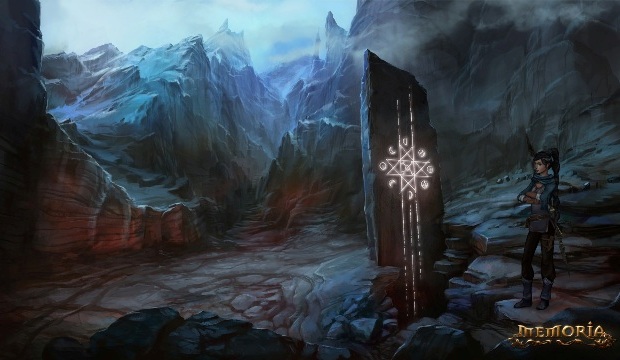
VERDICT: Memoria might not stand out to many gamers instantly, and could easily be overlooked on a shelf, but it is a title that really deserves more attention. The story is so lovingly crafted and well told that you’ll want to play on and discover what will happen next, even if you didn’t play the first game, or have no previous interest in the source material. The innovative blending of RPG magic and traditional adventure gaming is a novel new design idea that really makes the gameplay stand out as unique, whilst also allowing for some great puzzle design. Memoria is a game that, once played, will long remain in your memory.

VERY GOOD. An 8/10 is only awarded to a game we consider truly worthy of your hard-earned cash. This game is only held back by a smattering of minor or middling issues and comes highly recommended.


